€6.30
Gurjun Balsam
Mark Evans has this to say “Gurjun balsam essential oil is gently warm, sweet and complex and you’ll find yourself regularly turning to it when in the need for the perfect material to round off rough edges and seamlessly bridging one part of a composition with another. The soft fragrance is woody, sweet, dry, balsamic and resinous with hints of pine, patchouli and camphor – beautifully calming and centering.
Gurjun balsam itself is an oleoresin exuded from trees of the Dipterocarpus species which grow in various parts of Asia, particularly in India and is used in the varnish and lacquer industry there. In natural perfumery can be used in a wide variety of compositions as inexpensive fixative and blender/modifier in the same way as other similar materials such as copaiba, guaiacwood and sandalwood.
Due to its physical properties (to do with optical rotation of the molecules) as well as its versatile woody scent, gurjun oil is frequently used as an adulterant in patchouli, guaiacwood, ylang-ylang, sandalwood, vetiver and cubeb oils. On this point, in Indonesia it is common practice to space individual layers of patchouli leaves in the distillation vessel with twigs of the gurjun tree. Gurjun balsam present in the twigs contains an essential oil that contaminates the patchouli oil. Is this an adulteration of the patchouli or simply a method used in the production of the oil? Indeed, sometimes smelling gurjun balsam on the blotter the mind is tricked into thinking it’s smelling patchouli. Or is it that when smelling some patchouli oils, you’re also smelling gurjun balsam?”
Botanical Name: Dipterocarpus turbinatus
Origin: Indonesia










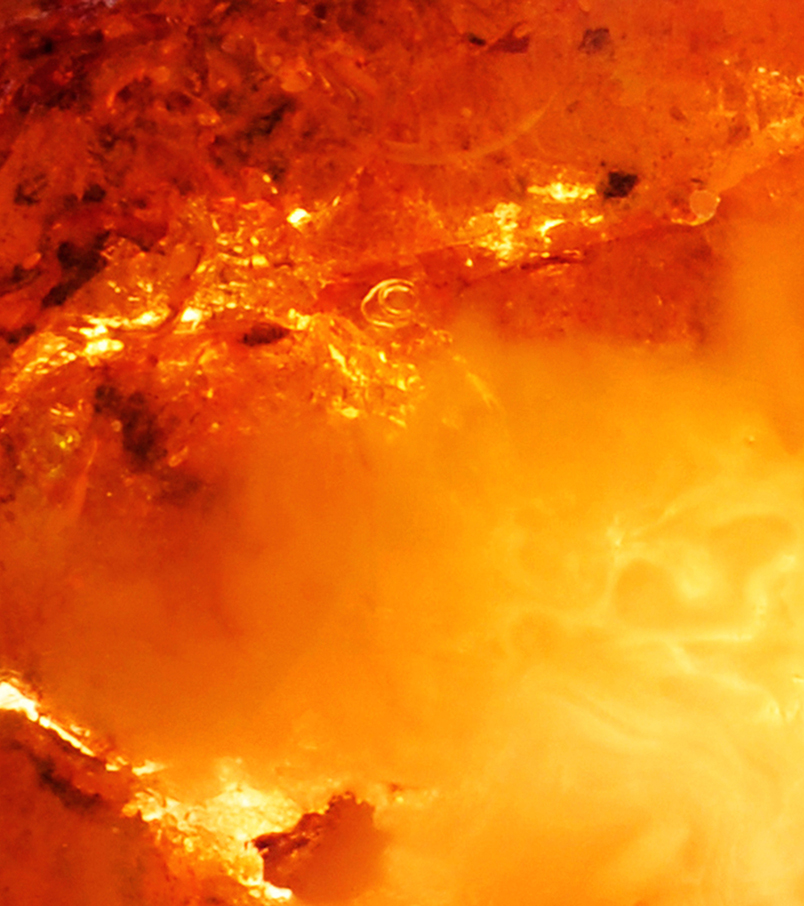

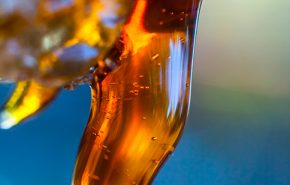


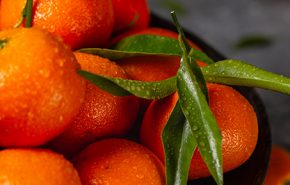
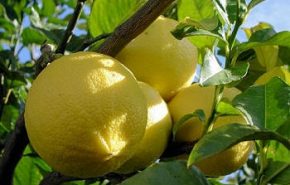
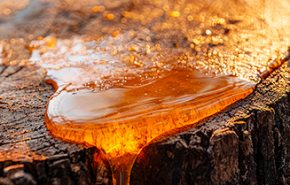
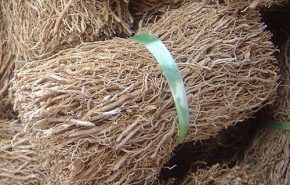
Sarah J (verified owner) –
The first inhale for me takes me back to the late 80’s when my Mum used to take us 4 kids when to the first health food shop opened near where I lived in Newcastle – when dried Italian pasta was the new thing. It instantly takes me back to the smell of the rickety pine wooden shelves warmed up by the sun, mixed with all the dry spices, nutmeg, cinnamon, tumeric, dry ginger, dried fruit – raisins, figs, apricots, prunes, fig roll biscuits, oats, seeds, nuts, apple juice concentrate, rye bread, honey, dried herbs, chamomile & mint teabags, vanilla, incense sticks, teatree.
There is a hint of an intriguing floral which I think is Boronia. Then is becomes more dry versions of sweet earthy herbacious oils with patchouli / nagamotha / spikenard / vetiver and grasses, I am also reminded of oakmoss/treemoss/cedar moss/lichen. The residue several days in, is a creamy balsamic wood with delicate sweet spicy caramel and much more dried out patchouli.
The oils I was drawn to when I got this oil are to blend are all Hermitage with Blue Cypress and Wormwood Alba White Ice, Siberian Fir Co2, which when combined together totally surprised me as I’m instantly in the company of the aftershave smell of my long departed Latvian Grandad. I’ve got goosebumps after being taken back in time to these decades old scent memories!
Charalambos Charalambous (verified owner) –
This material is not the mind blowing oil but rather is the second violin in an orchestra that gives that warm sweet, patchouli, vetiver complex of notes that actually is a gift and in a good price!!
Rob Lloyd (verified owner) –
Am about to order 100ml of this after trying it. Perfect to harmonise all other accords…
Silvija V (verified owner) –
To Sarah J
Sveicieni no Latvijas, Tava vectēva dzimtenes. Arī man patīk šis aromāts. Silts un dziļš kā Latvija…stiprs un sīksts kā mēs-Latvijas cilvēki. Sirds sveicieni no senču mājām!